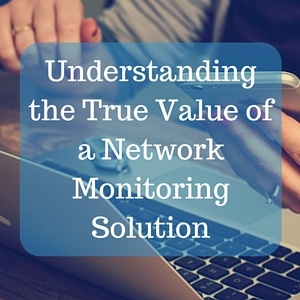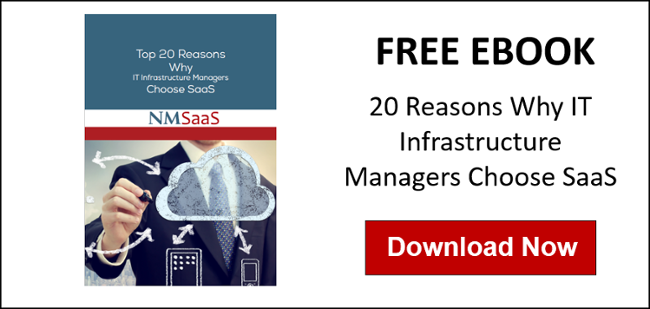Determining the true “value” of a product or service can be a tricky undertaking.
Depending on the side the transaction you are on (buyer vs seller) there may be wildly different opinions as to how value should be thought of.
The seller of a product may be thinking about how much time and money was put into production of the “thing” being sold and therefore how much money they need to get out of any given sale to cover the costs plus leave a profit. 
The buyer on the other hand is generally not concerned at all with how much something costs to make, but only on what they will receive as a benefit from having the product – and, that benefit may come in many forms such as: added utility, cost savings over current products, increased reliability and so forth.
I think that to boil this down to its most basic elements, value (on both sides) can be thought of like this:
Value = what you get
what you pay
Using this equation, it’s easy to see that value can be driven higher by either increasing “what you get” i.e. features of the product or by driving down the cost of those features. Value can be raised very quickly if you can do both at the same time.
When trying to take this approach into the realm of network monitoring, we then need to break down both the top and bottom aspects of this equation to really see how valuable an individual solution may be to the end user organization.
Let’s start by looking at the top of the equation – the part about what you get.
In general, feature aspects of a network monitoring solution can be broken down into 4 categories:
- Features that deliver insights into network performance
- Features that identify / reduce downtime
- Features that reduce the time it takes current staff to perform a task
- Features that reduce the amount of staff need to perform a task
I’m sure some of you reading this can think of additional or different ways to break this down but I think that for the majority of the cases this will suffice.
The next step is to try to quantify some if these features into hard dollar amounts.
In some cases like #’s 2 - 4 above you can begin with some amount that represent the cost of time being saved or even the value of (not) being down. From that point the conversion to “real” dollars is straightforward.
For numbers 1 and 2 however, the conversion from “features” to dollars may not be quite as simple.
In this case, we need some way to evaluate the financial benefit gained by the improvement or addition of a given feature.
The important conversion here is from “features” to “benefits” i.e. what does the customer get from the delivery of the feature.
When thinking about the benefit that an organization would derive from additional network performance insight, we probably need to realize that performance data can be used to determine quite a few important things:
- Current utilization vs capacity; e. do I have room to grow (or am I overspending on capacity)?
- Am I delivering performance that is acceptable to my users /customers? If I am bound to SLA values, how am I doing?
- Am I nearing the point of capacity and therefore need to plan for additional growth / spending before I encounter problems?
When thought of in this way, each of these can directly be linked to the productivity / efficiency of the network; which can be converted into a dollar benefit using whatever internal business value is assigned to those data points (ask your CFO).
The bottom of the value equation is a bit simpler of course, as it is already a financial variable.
However, the cost of a product or service still needs to be flushed out as a “true” Total Cost of Ownership amount usually over at least 3 years (and in some cases longer). Both the initial upfront spend plus the costs of ongoing maintenance, training, infrastructure must be considered.
The rapid pace of deployment of cloud based / Software as a Service (SaaS) solutions has made these TCO calculations easier as many of the “hidden” costs of maintenance and additional infrastructure have been eliminated.
The fact that SaaS solutions don’t require an upfront Capex spend can also make these solutions much easier to get financed internally. In general, the “what you pay” portion of the value equation can be dramatically driven down by switching to a SaaS model of service.
In the end, by taking a rigorous approach to determining the true value of a solution, organizations can ensure that they are making the best purchasing decisions for them.


